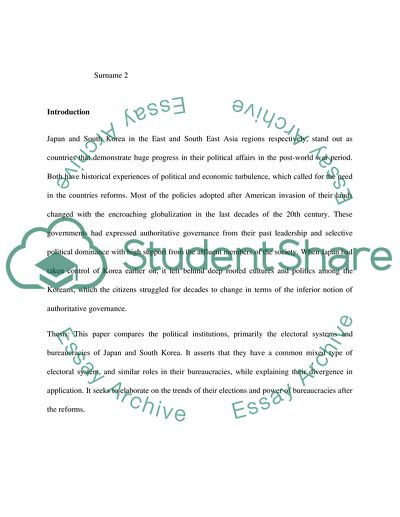Cite this document
(Differences And Similarities In Politics Of Japan and South Korea Research Paper, n.d.)
Differences And Similarities In Politics Of Japan and South Korea Research Paper. Retrieved from https://studentshare.org/geography/1815185-comparative-paper-japan-and-south-korea
Differences And Similarities In Politics Of Japan and South Korea Research Paper. Retrieved from https://studentshare.org/geography/1815185-comparative-paper-japan-and-south-korea
(Differences And Similarities In Politics Of Japan and South Korea Research Paper)
Differences And Similarities In Politics Of Japan and South Korea Research Paper. https://studentshare.org/geography/1815185-comparative-paper-japan-and-south-korea.
Differences And Similarities In Politics Of Japan and South Korea Research Paper. https://studentshare.org/geography/1815185-comparative-paper-japan-and-south-korea.
“Differences And Similarities In Politics Of Japan and South Korea Research Paper”, n.d. https://studentshare.org/geography/1815185-comparative-paper-japan-and-south-korea.


